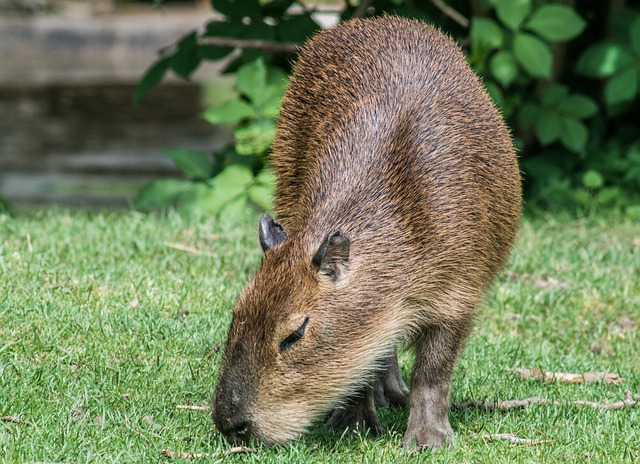Yes, capybaras can be found in Russia, particularly in zoos and private collections. However, they are not native to the region and are not commonly found in the wild.
Regarding wildlife introduction, Russia has seen various species being introduced intentionally and accidentally.
However, capybaras are not native to Russia, and the country’s climate poses challenges to the survival of a species accustomed to the warm, humid environments much closer to the equator.
Despite this, Russia does have zoos and private owners where capybaras can be found as exotic animals. These establishments provide controlled environments where the temperature and conditions are managed to support species not indigenous to the region.
Interest in exotic pets and zoo exhibits in Russia means that while capybaras are not a natural part of the Russian fauna, they are present within the country in artificial settings.
Their survival in Russia depends on human intervention and care, which contrasts sharply with the self-sustaining populations in the wilds of South America.
Capybaras in Russia
Capybaras, the world’s largest rodents, are native to South America. They have a sparse presence in Russia, primarily within controlled environments.
Presence in Russian Zoos
Russian zoos feature capybaras in their collections, offering visitors a glimpse of these exotic animals. Notably:
- Moscow Zoo: Capybaras are held in a designated South American animal section.
- Saint Petersburg Zoo: A family of capybaras can be observed in a habitat resembling their natural environment.
Wild Populations and Habitats
There are no established wild populations of capybaras in Russia. Capybaras thrive in warm climates with access to water sources for their habitat.
Russian Climate Suitability
Capybaras prefer warm and humid conditions, which are challenging to find in most of Russia’s vast territory. They are ill-suited to the cold temperatures that characterize much of the Russian climate.
Legal Status and Conservation
In Russia, the presence and status of capybaras are governed by specific regulations and conservation measures. These legal frameworks ensure the species is managed responsibly if present within the country.
Import Regulations
Russian law strictly regulates the import of exotic animals, including capybaras. Permits are required, and the animals must undergo quarantine to prevent the spread of diseases. Parties interested in importing capybaras must comply with:
- International guidelines: CITES agreements on trade in endangered species.
- National laws: Veterinary and phytosanitary standards.
Wildlife Protection Laws
The wildlife in Russia is protected under federal legislation aimed at conserving biodiversity. Capybaras are not native to Russia, and if they are found in the wild, they are subject to laws including:
- Federal Law No. 52-FZ: Provides for the treatment of wildlife and habitats.
- Endangered species lists: Though capybaras are not endangered, their status can be reassessed.
Conservation Efforts in Russia
Efforts to conserve wildlife in Russia are multifaceted and involve various stakeholders. While capybaras are not indigenous to the region, conservation practices that could affect any present in the country involve:
- Preservation of habitats: To maintain ecosystems potentially suitable for exotic species.
- Collaboration with conservation organizations: For the sustainable management of all species.




